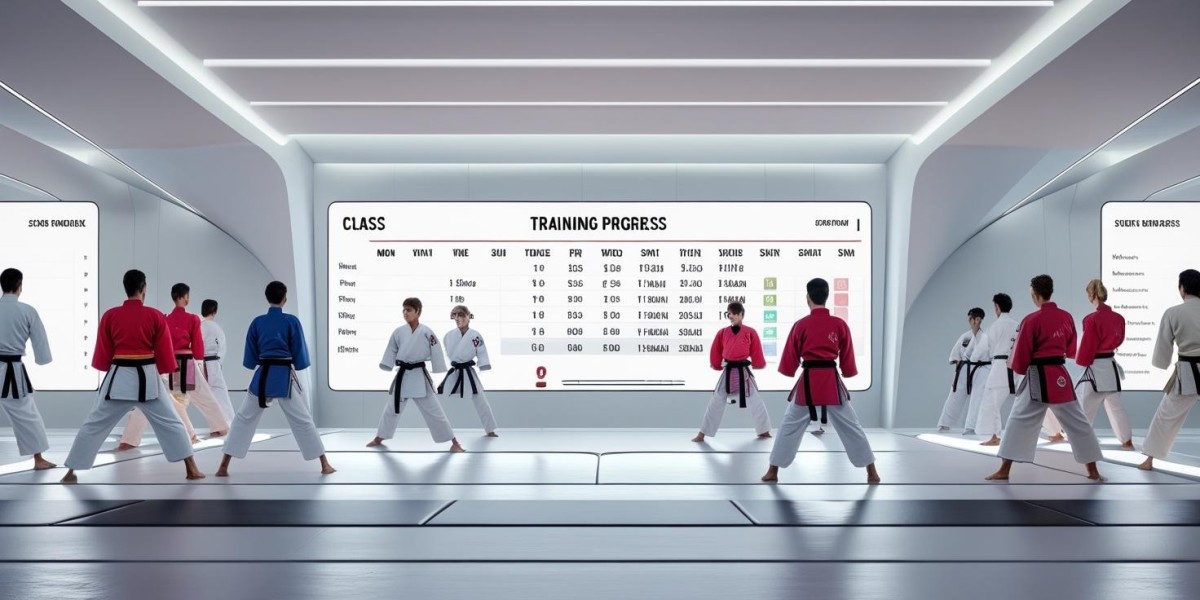How Instructors Can Keep Students Engaged with the Right Communication Tools
Martial arts students dropping out or losing motivation is a common concern among instructors. This can hurt your school's growth, morale, and retention rates. Without strong and regular communication, students feel disconnected from their progress and your training philosophy. Parents, too, stay unaware of updates or achievements. Using the right communication tools for martial arts instructors can make a huge difference in how connected, motivated, and committed your students feel, leading to long-term engagement. This guide will show you which tools work, why they matter, and how to use them effectively in your classes.
Why Communication Matters More Than Ever in Martial Arts Schools
In today's fast-paced world, communication isn't just about talking; it's about connection. Students, especially younger ones, expect prompt updates, constructive feedback, and encouragement. Parents want to stay informed, too.
When instructors communicate well, students:
Feel more valued
Show up consistently
Stay motivated to progress
Without effective tools, you may lose track of these touchpoints, resulting in higher drop-out rates and weaker class attendance.
Signs Your Current Communication Isn't Working
If you're unsure whether you need communication tools for martial arts instructors, ask yourself:
Are students often unaware of upcoming events?
Do parents ask for updates you've already shared?
Are missed classes becoming more common?
Do students seem distracted or disengaged?
If you said yes to any of these, your current communication strategy likely needs improvement.
Types of Communication Martial Arts Instructors Should Use
Great communication is more than sending texts or emails. It involves the right mix of timing, tone, and tools. Some of the important types you should be using are here:
One-on-One Communication
Direct conversations with students or parents
Ideal for feedback, discipline, or encouragement
Best when personalized and brief
Group Announcements
For class changes, belt tests, or school events
Should be timely and sent via multiple channels
Visual Communication
Videos or photos of techniques or achievements
Helps reinforce learning and build excitement
Text Messaging Still Works When Used Correctly
Texting may feel basic, but it's one of the most effective communication tools for martial arts instructors. Why?
Quick and direct
Almost 98% open rate
Perfect for reminders and urgent updates
However, avoid overloading students or parents with too many messages. Keep them purposeful.
Email Is Better for Detailed Information and Promotions
Email is ideal when you need to share:
Monthly class calendars
Belt promotion criteria
Newsletters or event invites
Use concise subject lines, bullet points, and clear, easy-to-read formats. Parents, in particular, appreciate clear and structured updates in their inbox.
In-App Messaging Keeps Everything in One Place
If your martial arts school uses an app (like a CRM or management system), in-app messages can help you centralize everything:
Student attendance alerts
Progress updates
Class reminders
The best communication tools for martial arts instructors are often built into school management platforms.
Social Media Builds a Community Feel
Using platforms like Facebook or Instagram helps:
Showcase student progress.
Promote upcoming classes or seminars.
Celebrate birthdays, new belts, or testimonials.
Students and families love seeing their efforts recognized. It builds pride and a sense of belonging.
Group Chats Work, But Set Clear Rules
Whether through WhatsApp or another app, group chats provide fast and efficient group communication. However, to avoid chaos:
Set communication boundaries.
Assign a moderator.
Use for class updates, not casual talk.
Group chats work best when managed professionally.
Video Messages Build a Stronger Connection
A 60-second video can do more than a 5-paragraph email. Try recording:
Technique tips
Personal progress praise
Class-wide motivation messages
These keep students excited to train and feel seen by their instructor.
How to Choose the Best Communication Tools for Your School
Start with your school's size and needs. For example:
Solo instructors might prefer simple texting tools.
Larger schools may benefit from integrated platforms with in-app messaging, CRM, and email features.
Look for tools that:
Are easy to use.
Work on both mobile and desktop.
Offer automation for regular tasks.
Include message tracking or response features.
Test the tool for a few weeks before committing long-term.
Avoid These Common Communication Mistakes
Sending too many messages: You'll overwhelm or annoy families.
Being inconsistent: Random updates confuse students.
Not using the right channel: Don't email what should be texted or vice versa.
Ignoring feedback: If parents or students stop responding, ask them what they prefer.
Effective communication tools for martial arts instructors are most effective when paired with common sense and empathy.
Conclusion
Staying connected with students and their families is one of the most effective ways to maintain high motivation and low dropout rates. With the right communication tools for martial arts instructors, you can create a supportive, engaging, and well-informed training environment that benefits everyone.
Upgrade your school's engagement strategy with the best communication tools for martial arts instructors. Try Growth Factor's smart communication suite to connect better, train smarter, and grow faster.
FAQs
1. Can communication tools integrate with my existing systems?
Yes, many platforms work with your current CRM or scheduling software.
2. Should I communicate with students or their parents?
Both. For kids, talk with parents. For teens or adults, direct communication is best.
3. What if I'm not tech-savvy?
Start simple. Use tools that are beginner-friendly and require minimal setup.






